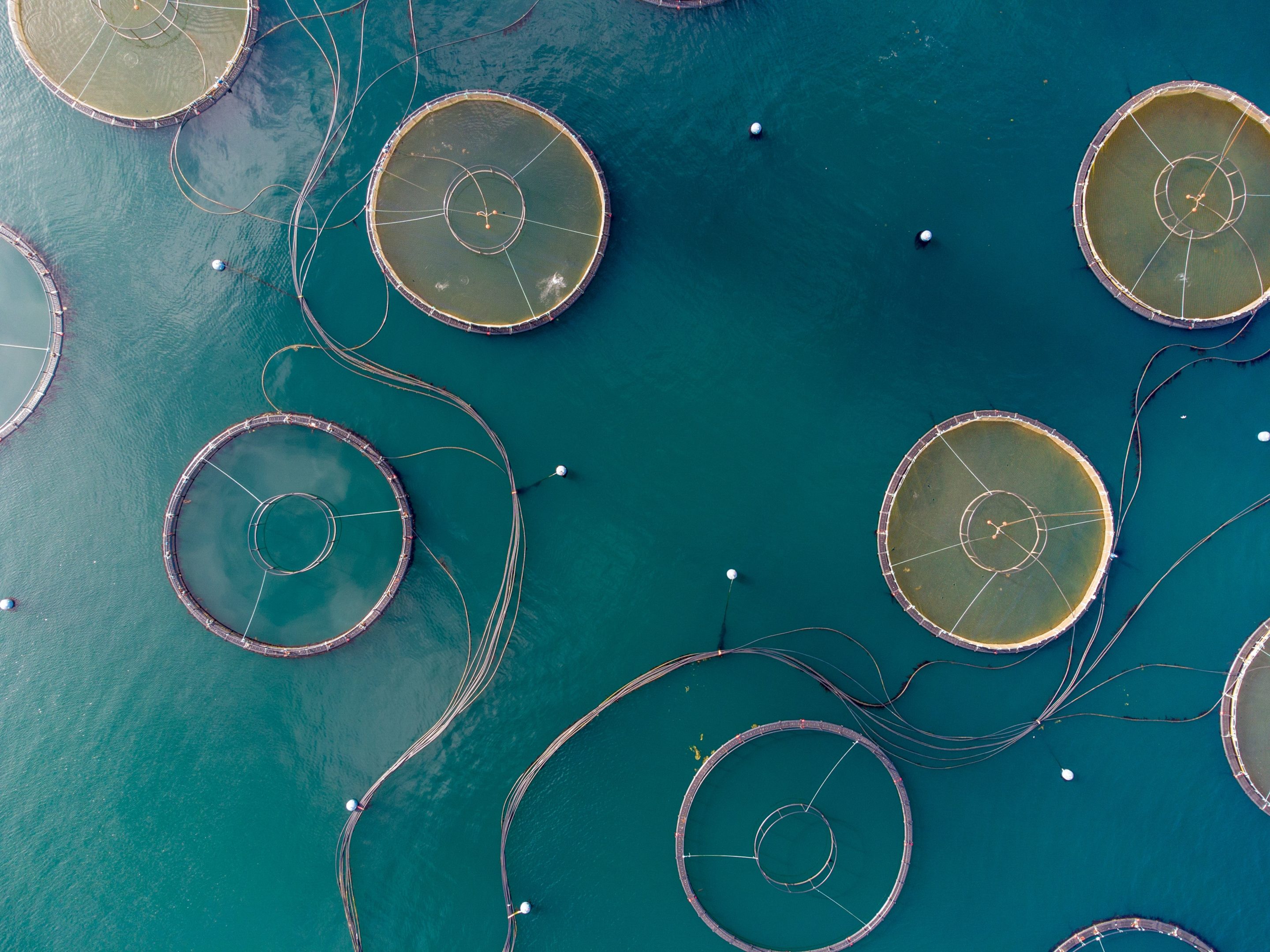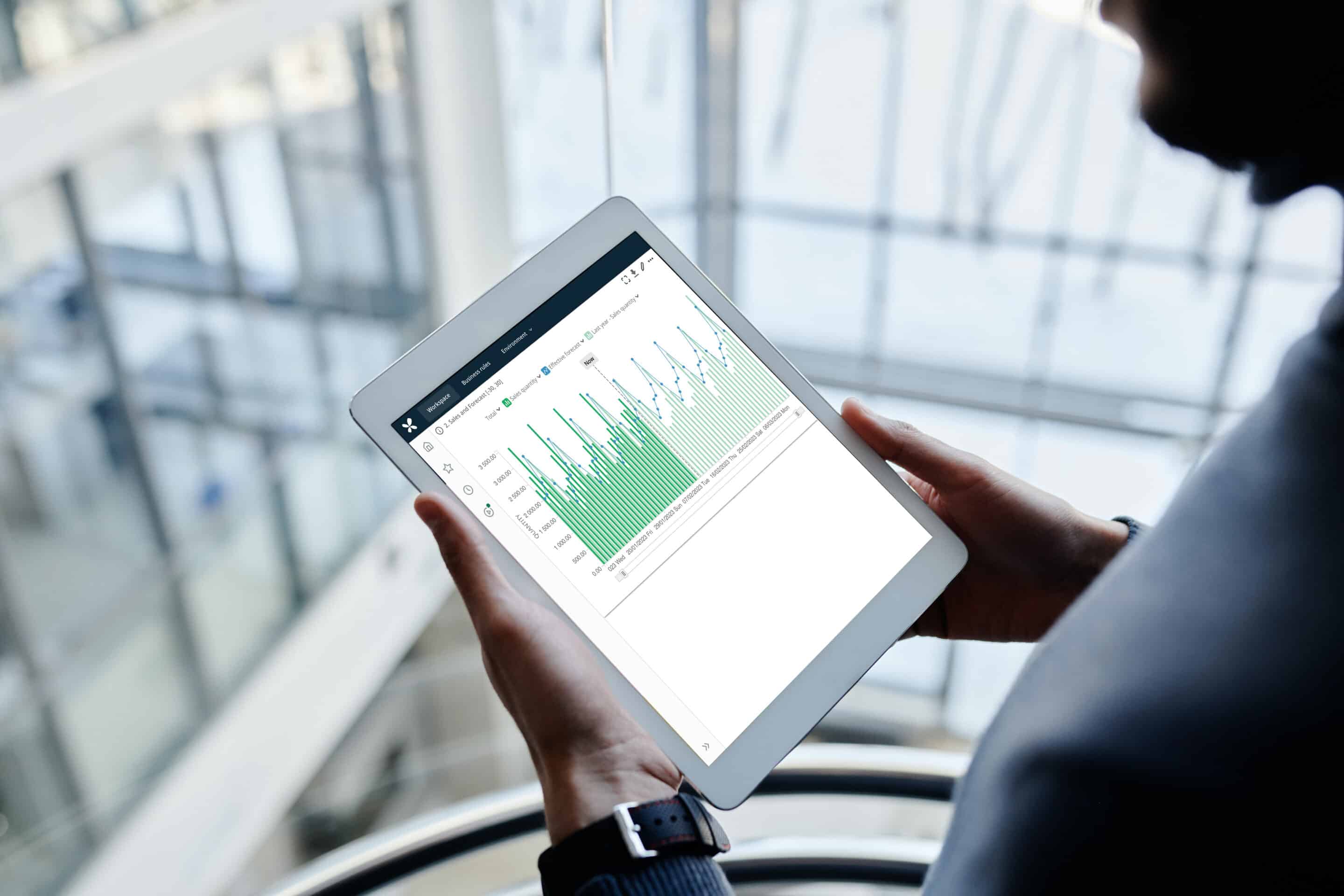Artificial intelligence in fish farming: Monitoring and predicting fish health
As technological advancements progress, artificial intelligence (AI) is paving the way for revolutionary changes in many sectors. Aquaculture is no exception. With the help of AI, fish farmers now have the ability to monitor and predict fish health in ways previously unimaginable.
Why is AI the new trend in aquaculture?
Traditionally, monitoring fish health required manual inspection and was based on observation and experience. Now, with AI, this landscape is changing. Preventative measures, efficiency, and rapid response become possible thanks to AI’s ability to process and interpret vast amounts of data in real-time.
Using AI to monitor fish behavior and health in real-time
By harnessing advanced sensors and camera technology, AI systems can continuously monitor water quality, temperature, fish movements, and much more. When something abnormal is detected, whether it’s a sudden temperature change or a shift in fish swimming patterns, farmers can be instantly alerted. This immediate feedback can be the difference between a successful harvest and a disaster.

Preventing fish health issues with AI: Predictions and alerts
One of the most impressive benefits of AI is its ability to “learn from the past.” By analyzing historical data, AI can predict potential problems before they even start showing signs. This can provide breeders a critical time advantage to take preventative measures, potentially saving entire fish populations from disease or stress.
The future of AI in aquaculture: What can we expect next?
While today’s AI systems already offer significant benefits, there’s tremendous potential for further improvement and innovation. As technology continues to evolve, AI algorithms will become even more precise in their predictions. We can also anticipate seeing increasingly advanced integrations of AI with other technologies, where the Internet of Things (IoT) will enable even more sophisticated data collection and analysis.
Moreover, by combining data from different sources, AI systems can assist breeders in making more informed decisions about everything from feed to breeding strategies, further optimizing production.
Challenges with AI in aquaculture: Data, Privacy, and Human Interaction
Despite its promising potential, the introduction of AI comes with its own challenges. Issues regarding data storage, privacy, and security need to be addressed. Meanwhile, even though AI can provide incredible insights, it doesn’t entirely replace human expertise. The human role will shift rather than be eliminated, with a greater emphasis on interpretation, decision-making, and strategic planning.
AI and its role in a sustainable future for aquaculture
Artificial intelligence has begun to revolutionize the aquaculture industry, not just by streamlining processes, but also by ensuring a higher degree of sustainability and animal welfare. For leading companies in aquaculture, AI can become the core of a successful, sustainable, and profitable future.
News. Insights. Thoughts.
When milk production flows steadily, year-round
Ensuring steady milk production all year round with AIDid you know that milk production fluctuates significantly throughout the year? While we, as consumers, buy milk at the same pace regardless of the season, dairies like Valio face major challenges. During the...
How we use word embeddings and AI: from seating arrangements to data analysis
How we use word embeddings and AI: from seating arrangements to data analysisCreating the perfect seating arrangement is a challenge we can all relate to, whether it’s a private party or a large corporate event. Should I seat Anna next to Henrik, or will she be...
RELEX Solutions and Elvenite Partner to Deliver Holistic Supply Chain Solutions
RELEX Solutions and Elvenite partner to deliver holistic supply chain solutions The strategic partnership will enhance data-driven decision making and operational efficiency in the Nordic food and beverage sector Stockholm, Sweden – September 18, 2024 – RELEX...



